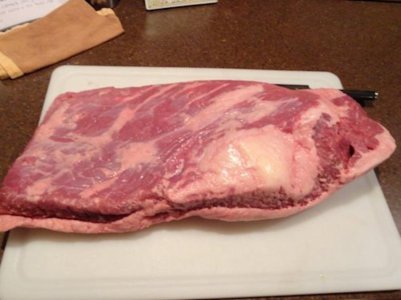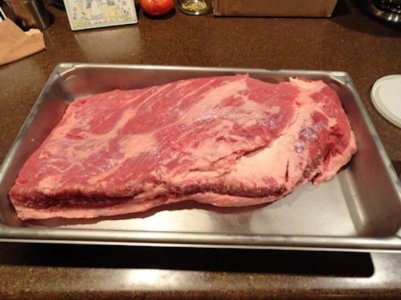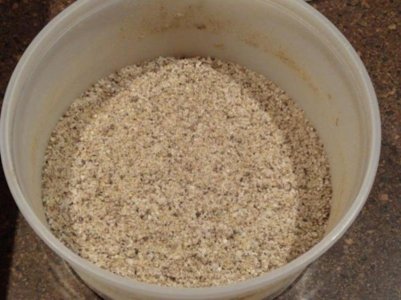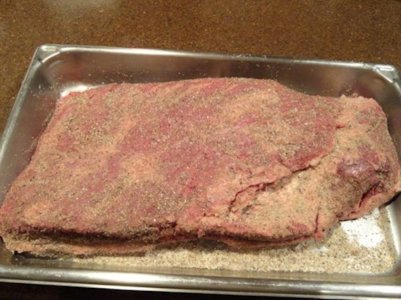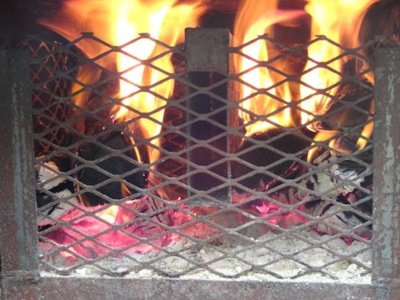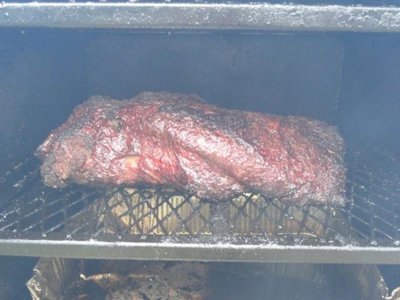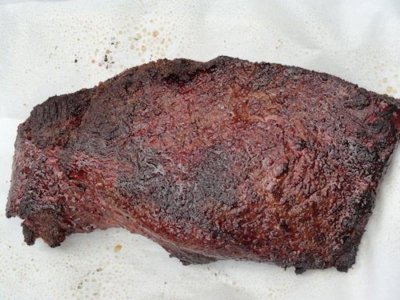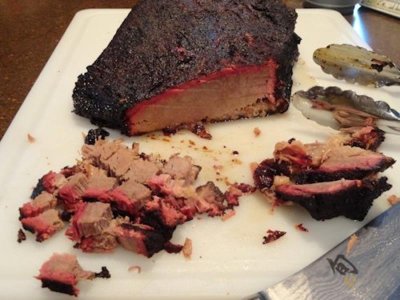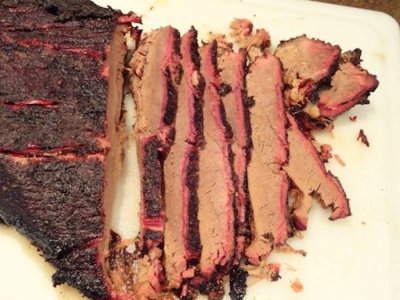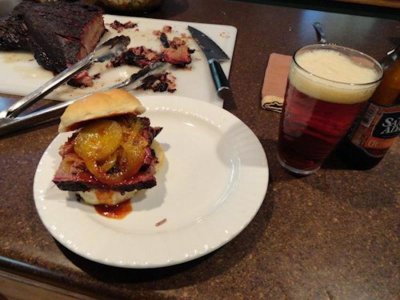This is not your pork!
is one Smokin' Farker
Too bad that your pictures are so small (640x480 should be made the minimum viewing size). I have to ask some more:
I have always only used the cooler for resting so far, so it may be interesting if resting in a heated oven makes a difference.
And again the question of the used salt. I guess the coarse sea salt is a little more coarse than Kosher Salt, my wife used it at the beginning, but exchanged it with simple fine grained saline salt (= table salt), because it sticks better to the meat (rub applied dry only).
I am a little nervous about this cook, I really need a success with a nice moist but lean product featuring such a beautiful smoke ring as shown on your pictures (using some precious Mesquite for the very first time).
- So you did not trim the fat cap at all (the downside in the two pictures of the first row)?
- Did you smoke it fat cap facing downwards?
- The fat cap completely disappeared during the cook (I can't see any fat in the picture showing the slices)?
- What influence does resting at 170°F in an oven have compared to resting in a cooler?
- For such a simple rub, does it make a difference which kind of salt is used (there is no Kosher Salt available here, we only have coarse or fine grained sea salt and fine grained saline salt, they all are iodized)?
I have always only used the cooler for resting so far, so it may be interesting if resting in a heated oven makes a difference.
And again the question of the used salt. I guess the coarse sea salt is a little more coarse than Kosher Salt, my wife used it at the beginning, but exchanged it with simple fine grained saline salt (= table salt), because it sticks better to the meat (rub applied dry only).
I am a little nervous about this cook, I really need a success with a nice moist but lean product featuring such a beautiful smoke ring as shown on your pictures (using some precious Mesquite for the very first time).

